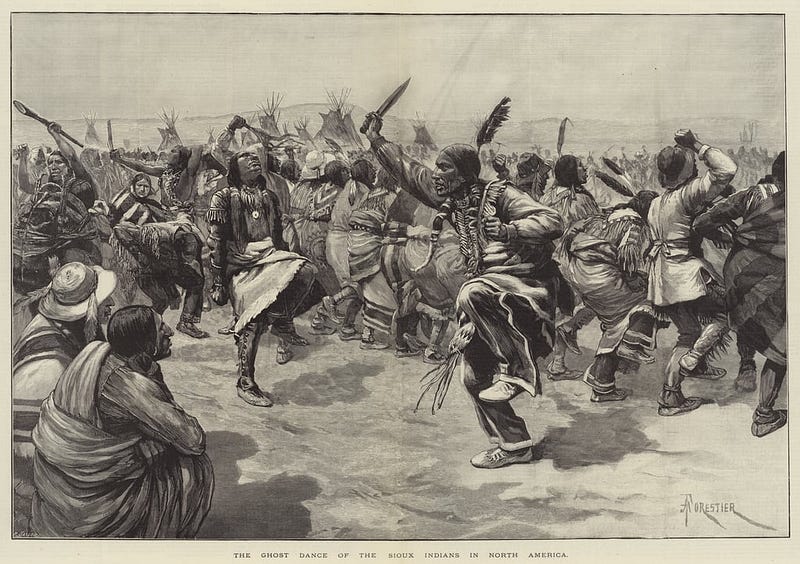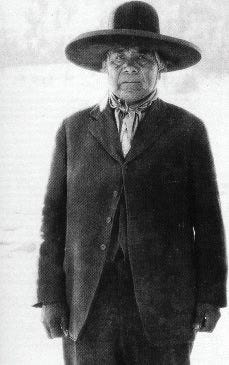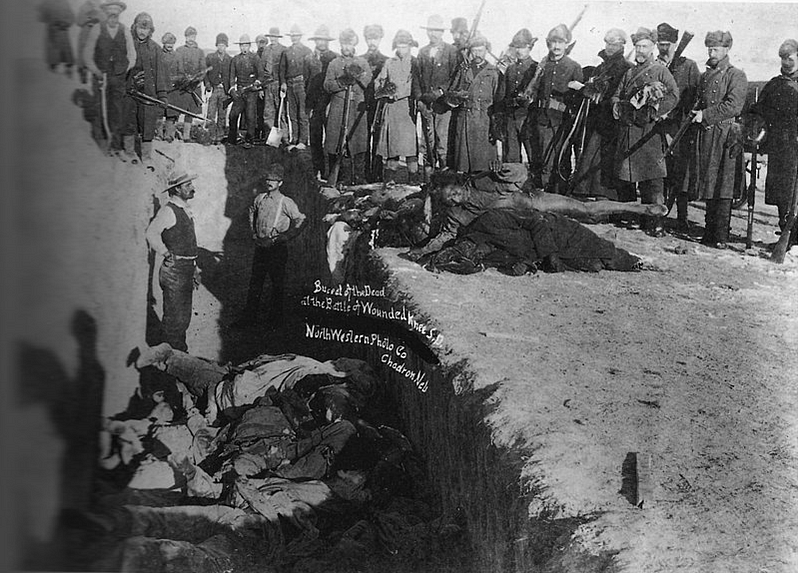Understanding the Wounded Knee Massacre: A Tragic Chapter
Written on

What transpired at Wounded Knee?
The Wounded Knee Massacre, also referred to as the Battle of Wounded Knee, resulted in the deaths of nearly three hundred Lakota individuals at the hands of U.S. soldiers.
For further details, you can view the Wikipedia entry on the Wounded Knee Massacre:
Wounded Knee Massacre - Wikipedia
The Wounded Knee Massacre was a tragic event that occurred on December 29, 1890, near Wounded Knee Creek on the Lakota Pine Ridge Indian Reservation in South Dakota. It followed a failed attempt to disarm the Lakota camp. Concerns arose among settlers regarding the Ghost Dance, leading to the military's intervention.
The pivotal religious figure in this devastating event was Wovoka, a Paiute Shaman.

Wovoka, born Quoitze Ow around 1856, grew up in Nevada. His father, Numu-tibo’o, was mistakenly thought to be Wodziwob, a leader associated with the Ghost Dance of 1870. For much of his early life, Wovoka worked for a rancher and learned Christian teachings, which influenced his later spiritual messages.
Wovoka was believed to have control over the weather, claiming he could summon rain or snow and even create icicles. After experiencing a vision during a solar eclipse in 1889, he prophesied the revival of the deceased Paiutes and the expulsion of white settlers from their lands. He emphasized the importance of living righteously and performing the Ghost Dance to realize this vision.
His teachings blended elements of Christian theology with Native beliefs. He envisioned a reunion of the living and the dead, promoting peace and non-violence. The Ghost Dance symbolized these ideals.
According to Wovoka's teachings, the disappearance of white settlers would lead to the return of abundant wildlife and the arrival of ancestral spirits. This belief prompted the Lakota to perform the solemn Ghost Dance, often while wearing special shirts that were thought to protect them from bullets.
However, this faith in the power of the shirts ultimately failed them during the battle, contributing to the tragic outcome.

The massacre was marked by the brutal killing of many unarmed Lakota individuals, a direct result of military actions taken due to fears surrounding the Ghost Dance movement.

In the aftermath, one might expect that such a horrific event would diminish the Lakota's superstitions. However, it appears that these beliefs persisted. Research indicates that traditional healing practices wer